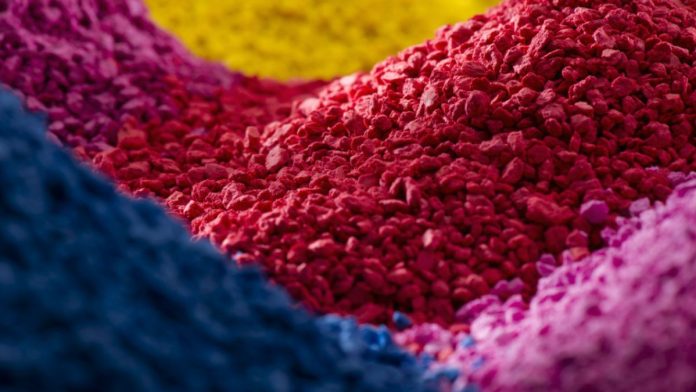Yogurt pots, shampoo bottles, coffee-to-go lids, bubble wrap — plastic products are all composed of the same building blocks: long carbon chains.
Heating them to high temperatures makes the carbon chains crack into a mixture of shorter molecules, ultimately converting them back into crude oil, the resource from which the majority of plastic products were originally made.
Varying the process can result in different carbon chain lengths and therefore different carbon-based products, ranging from fuels such as diesel and kerosene to petroleum naphtha, a valuable liquid for the chemical industry.
This potential mode of recycling — where plastic is broken down into its original components — has been becoming increasingly popular in industry.
It’s known as ‘chemical recycling,’ as opposed to ‘mechanical recycling’ — the chop-and-wash-method in which plastic is sorted by type, ground into powders, mixed and melted into the very same kind of polymers from which the powders were generated.
“Chemical recycling has emerged as a major topic [in industry], mainly out of helplessness of how to proceed in mechanical recycling,” says Thomas Fischer, head of the recycling management division with the non-profit environmental association Deutsche Umwelthilfe.
A prerequisite for mechanical recycling, he says, is making plastic that is actually recyclable. “That requires a lot of know-how, such as which dyestuffs and additives can be used and which cannot.”
You also have to design the product itself in a certain way. When a product has been manufactured by layering several different polymers on top of each other, for example, recycling becomes tricky. Read more…



